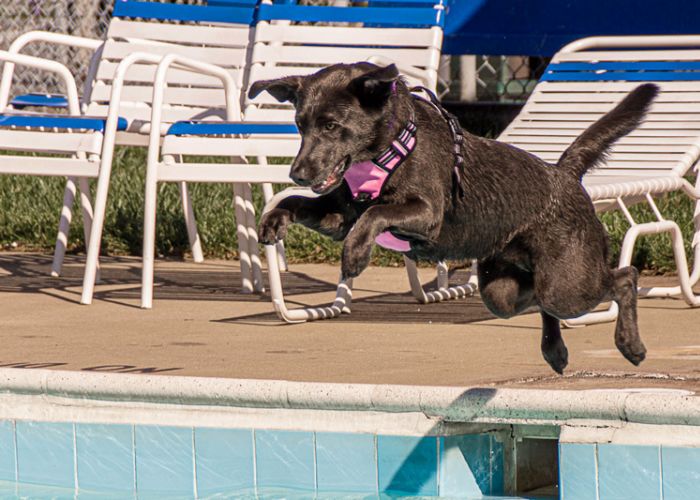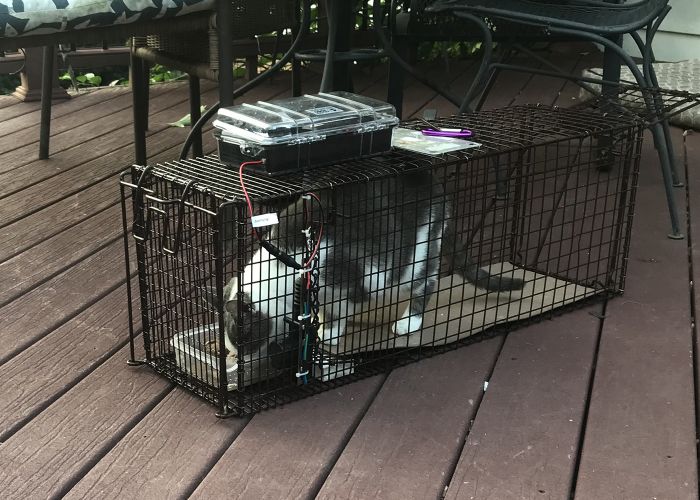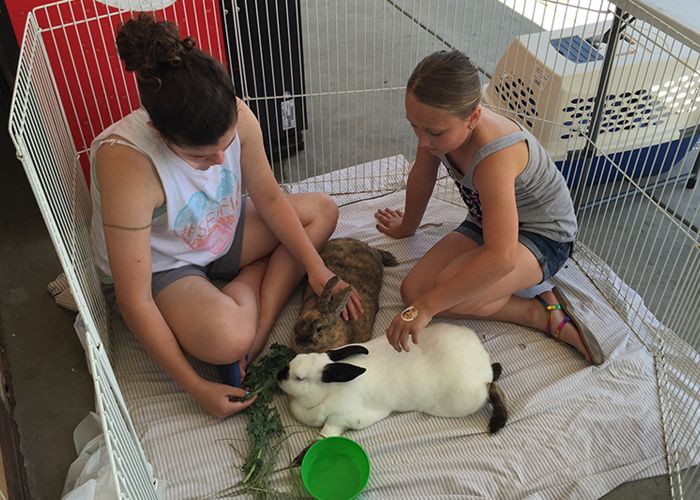Ask the experts: Return-to-owner strategies
Animal care and control officers share how they keep lost pets out of shelters
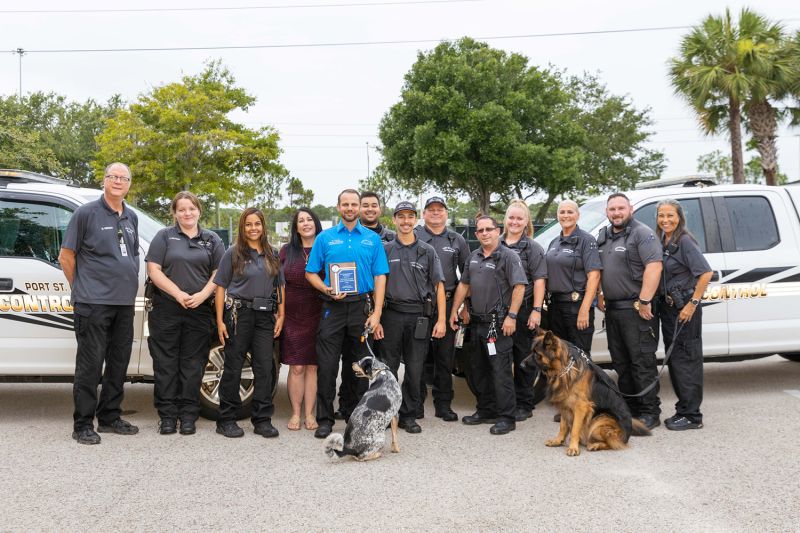
A dog is found running loose in a Walmart parking lot, and Ann Strain answers the call. As the field supervisor of her local animal services agency, Strain does what she always does: anything she can to find the owner and bring the pet home.
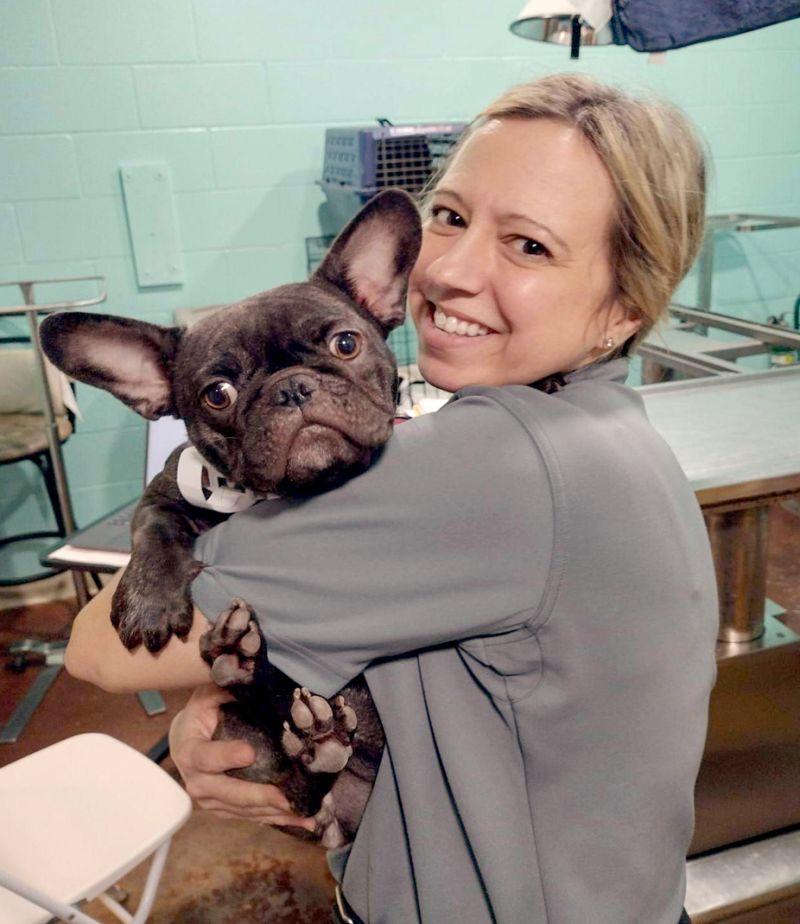
In this case, the reunion is quick. The dog isn’t microchipped, but Strain recognizes the gray-and-white pit bull-type dog from a time she’d met him two years earlier. After a few minutes searching her shelter’s database, she matches the dog to the owner’s address and drives to the house. Lo and behold, Strain finds the owner at home and returns the dog.
“That is my favorite thing in the whole world,” says Strain, who’s worked for Cabot Animal Support Services in Arkansas since 2019. “You’re helping out other families, and to me that’s a blessing.”
It sounds almost easy, and sometimes it is. But each part of the story—from Strain’s ability to recognize the dog, to the software at her fingertips, to her own mindset—reflects a carefully cultivated focus on return-to-owner strategies. These are strategies that range from common sense to more complex, and they’re increasingly used by animal services officers across the country.
Here, Strain and other animal services professionals share their advice for increasing RTO rates and keeping lost pets out of shelters.
“Not only are we getting the animal back to their owner, but we’re also saving the taxpayer money, reducing stress for animals and reducing the number of animals at the shelter.”
—Bryan Lloyd, City of Port St. Lucie animal control
Cultivate an RTO mindset
When Bryan Lloyd began supervising animal control operations for the City of Port St. Lucie, Florida, his officers often followed the traditional animal services approach toward free-roaming animals: Pick them up as quickly as possible, bring them back to the facility and embark on the next call. Lost animals spent their stray hold period in the agency’s temporary holding facility before being transferred to the local animal shelter. Most never found their way home to their original families.
Eager to change that reality, Lloyd and his team pushed for a new approach. In 2013, the city implemented a program to promote microchipping and added a lost-and-found section to its website. Field officers began to spend extra time in neighborhoods, knocking on doors and talking with residents, in search of pets’ homes.
Port St. Lucie now boasts an RTO rate for dogs of 75%—with half of those reunions taking place in the field without the dogs ever entering the shelter—and a 17% RTO rate for cats, far above the national averages of less than 20% for dogs and less than 5% for cats.
Lloyd admits that the notion of spending extra time searching for a pet’s family can be daunting for field officers, especially when so many agencies are chronically short-staffed. He remembers working as an operations manager for Palm Beach County, where his team would start the day with 300 calls holding. No one had an extra five minutes for anything.
So a true “RTO mindset,” as Lloyd likes to call it, involves not just weighing the time you’re spending on each lost animal, but also the time you’re saving in the long run. If an officer can return an animal directly home instead of transporting them to a shelter, Lloyd says, they’re saving themselves a pile of paperwork, trips to and from the shelter, and the cost of sheltering the animal for an unknown length of time.
“Not only are we getting the animal back to their owner,” Lloyd says, “but we’re also saving the taxpayer money, reducing stress for animals and reducing the number of animals at the shelter.”
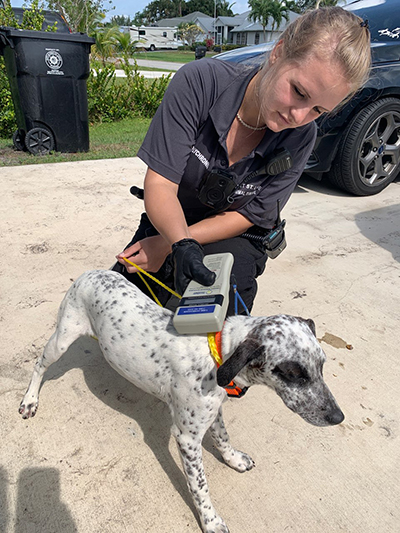
Leverage technology
The simplest path to reunion is often through a microchip. Lloyd gives each of his officers two different brands of universal microchip scanners to carry in their vehicles. His officers scan animals with both scanners twice—once in the field, and if a chip isn’t found, once back in the office. “We never want to miss a microchip,” Lloyd says.
Some states allow animal control officers to insert microchips. That’s true in Arkansas, so Strain and her officers are trained to do just that. After Strain returned that lost pit bull to her owner, she offered the owner a free microchip and inserted it before she left.
Lloyd and Strain also attribute their high RTO rates, in part, to their agencies’ database systems, which let officers save and link information for each animal and owner they meet. Both agencies’ officers carry laptops or tablets with them in the field so they can access the databases on the go.
Spread the (digital) word
Strain has a group text set up with her officers, front-desk receptionist, marketing staff and fundraising team—everyone at CASS who has contact with the public. When she or her officers pick up a lost pet who doesn’t have a registered microchip or isn’t in their system, they text a photo to the group right away.
Then the CASS staff put the animal’s photo on their website and upload it to Petco Love Lost, a national database for lost and found pets. Lloyd’s team posts photos on their lost-and-found web page, PawBoost.com (a lost-pet alert service) and local social media pages, and they take the time to search those forums for missing pet posts. “Those are the kinds of things that take an extra minute or two,” he says. “Go back a week on the Facebook page and see if you see anything that matches the description.”
Lloyd recalls one time this paid off unexpectedly: While searching social media sites to find a lost pet posting for an animal, his team came across a post for a different dog who was in their shelter. The owner quickly came in and reclaimed the dog, Lloyd says.
Stay in the field
“Once we pick up the animal,” Lloyd says, “we’re taking a few extra minutes to drive around the neighborhood, look for people, talk to people.”
This pays off, says Mike Wheeler, director of community services at CASS, because most lost animals stay within a block or two of their home. And it gives community members time to spot the officer.
“The best way to find an owner,” Lloyd said in a recent webinar for the Florida Association of Animal Welfare Organizations, “is for someone to see you. If you’re only on the scene for five minutes, no one’s going to see you.”
Lloyd encourages officers to start the paperwork in the field, not back in the office. Those extra few minutes on the scene raise the chances that a passerby will recognize the animal.
Another way to stay visible, Strain says, is to walk up and down the block with the dog and drive nearby streets. Lloyd likes to cover at least one block in each direction. Then it’s as simple as asking if anyone knows the dog and which way they might have come from and following that lead. If Strain knocks on a door and no one answers, she’ll leave a door hanger on the knob.
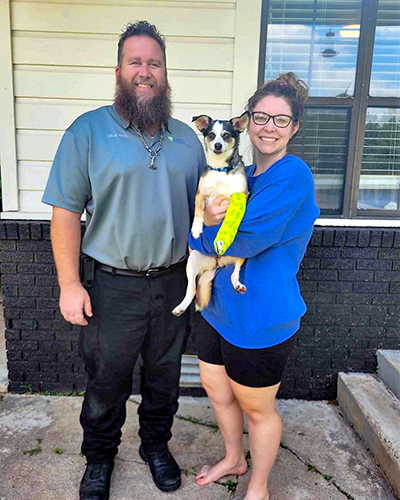
Lloyd notes that most people are eager to help, so long as the officer takes a compassionate approach. “For the most part, a lot of people have owned pets in their life or currently own pets. They know what the bond is like. We say, ‘We really want to get this animal back to their owner. We’re not here to cite them. Our job is to get the animal home.’”
Rethink redemption fees
“Usually most of the time by doing all those steps,” Strain says, “we’re able to find the owners.” But if the owner still isn’t found, or if the owner is found but isn’t home, the staff intake the animal.
At this stage, the teams continue looking for the owner, even if it takes a few days. But now if they do make contact with the owner, a new problem might arise: whether the owner can pay any redemption fees.
“Some locations have very high redemption fees for pets,” Lloyd says. “Let’s say you find the owner and the owner knows where the animal is, but it’s been two to four days and now you’re looking at charging them $400 and they can’t afford it. Are you steadfast, or are you willing to work with people?”
Lloyd is quick to waive his own redemption fees, which start at $25 and increase $10 per night. “I’d rather lose $10 than have to spend another $50 for the animal to stay with us,” he says.
More importantly, he says, “it’s less stressful for the animal and better customer service.”
At CASS, Wheeler doesn’t charge impound fees for any first-time escapee who’s microchipped and licensed. “We are not a money-making department in the city, and we shouldn’t be,” he says.
“Whenever I return an animal home, and even if it took me 30 minutes to find the home, my heart is full of joy. Because I don’t have to bring this animal in [to the shelter] who’s going to be scared to death. It’s not home for them.”
—Ann Strain, Cabot Animal Support Services
Remember why you do it
Like Lloyd, Strain acknowledges the day-to-day challenges: “It’s a lot of work and a lot of time. I’m not going to deny that at all,” she says. “Your heart has to be in it. You can’t just say, ‘I’m going to pick up this dog and bring it to the shelter.’ The owners of that dog may be in a rough spot right now. They might not have the money to get the dog out right now. They’re not even going to come in to see if we might have their dog. You have these dogs coming into the shelter, and they’re sitting there, and they want to go home.”
So for Strain, however much time she spends on each call is worth it.
“Whenever I return an animal home, and even if it took me 30 minutes to find the home, my heart is full of joy. Because I don’t have to bring this animal in [to the shelter] who’s going to be scared to death,” she says. “It’s not home for them.”
Lloyd says that joy fuels him and his officers too—and makes them all bigger advocates for RTO strategies.
“I saw glee on the owner’s face, I saw how the dog reacted, wagging [their] tail,” Lloyd says. “Those positive interactions spur people to say, ‘I want to do return-to-owner. Those spur people to do an extra call, go a little further, go one street east and west and then two streets.”
“I feel my officers feel better about what they do on a day-to-day basis,” Lloyd continues. “And they think the organization is looking to do the right thing for animals and for the people in the community. I hope that overflows and that’s the idea the community has about us as well.”



